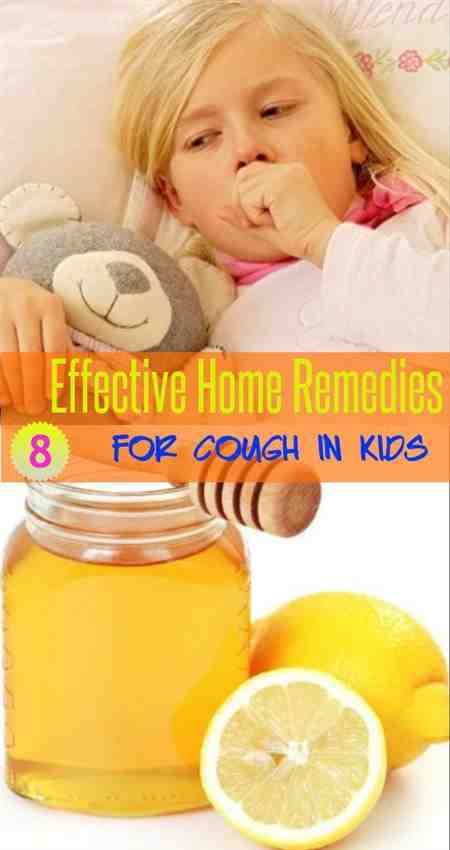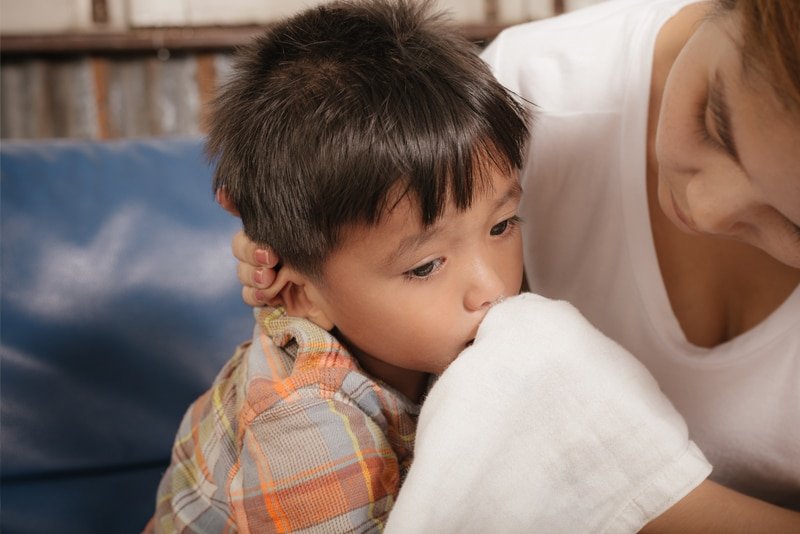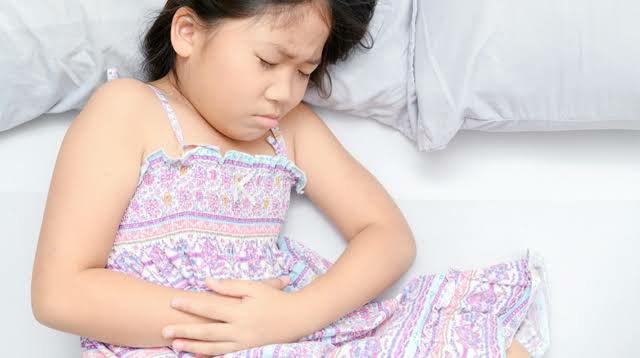Immediate Action Required: Call 999 Or Go To A& e If You Or Your Child:
- vomit blood or have vomit that looks like ground coffee
- have green or yellow-green vomit
- might have swallowed something poisonous
- have a stiff neck and pain when looking at bright lights
- have a sudden, severe headache or stomach ache
- Severe pain:
-
- always there and so bad it’s hard to think or talk
- you cannot sleep
- it’s very hard to move, get out of bed, go to the bathroom, wash or dress
- Moderate pain:
-
- makes it hard to concentrate or sleep
- you can manage to get up, wash or dress
- Mild pain:
What To Feed Toddler With Diarrhea Recommended And Avoid Foods
- Food > >
- What to Feed Toddler with Diarrhea? Recommended and Avoid Foods
Dealing with toddlers is no doubt fun. However, there comes a time when theyâre not feeling well. It might either be due to fever, colds, or diarrhea. Diarrhea is arguably the most common sickness that toddlers go through, and I can attest to that.
My two years old child has experienced this number of times already. And I must admit that it’s heartbreaking to see your child experience that. Not only are they feeling discomfort in their body, but we also suffer because we always need to keep cleaning up their loose stools and worrying about what we should do to them.
Here weâre going to tell you what you need feed to your toddler when they get diarrhea, as well as how to prevent them from getting diarrhea in the first place.
More…
Get Medical Care If Your Child Is Vomiting And Has:
- signs of dehydration, such as dry mouth, sunken eyes, decreased peeing
- trouble keeping clear liquids down
- vomit that’s greenish-yellow, looks like coffee grounds, or contains blood
- a hard, bloated, or painful belly
- extreme irritability
- in a boy: swelling, redness, or pain in the scrotum
- in a newborn: forceful vomiting
Don’t Miss: Peanut Butter And Acid Reflux
How Are Vomiting And Diarrhea Diagnosed
Vomiting and diarrhea can be diagnosed at home. Neither condition requires a trip to the doctor. However, call your doctor if the vomiting and diarrhea dont seem to be getting better, or if the person who is vomiting and/or has diarrhea:
- Is younger than 6 months old.
- Is older than 6 months old and has a fever higher than 101.4°F.
- Has signs of dehydration .
- Has been vomiting longer than 8 hours or is vomiting with great force.
- Has blood in his or her stools.
- Has blood in his or her vomit.
- Has not urinated in 8 hours.
- Might have swallowed something that could be poisonous.
- Has a stiff neck or bad headache.
- Is listless or unusually sleepy.
- Has had abdominal pain for more than 2 hours.
Best And Worst Foods To Feed A Child With Diarrhea

Years ago, managing diarrhea meant eliminating food and focusing on hydrating the child, in the hopes of curtailing stool output. Then the thinking turned to offering foods that were somewhat constipating, such as bananas and rice, while simultaneously eliminating most other foods that might incur more diarrhea, such as milk products.
One popular diet for diarrhea, called the BRAT diet, may be prescribed for children. These foods are perfectly fine to eat, but they can be boring and wont cover your childs nutritional needs. They may not change the course of your childs diarrhea, either. Your childs overall diet doesnt need to be limited to these foods unless your doctor has made this determination.
In fact, the latest thinking is that most cases of mild to moderate diarrhea can be managed with some simple changes in diet, as long as vomiting or dehydration are not an issue. Using a regular diet may even shorten the length of diarrhea, and certainly helps your child get optimal nutrition.
The biggest concern about diarrhea in children is that it can lead to dehydration. Dehydration may occur due to loss of fluids and electrolytes in stool, or not consuming enough of these in the diet. Children may be dehydrated when they demonstrate more thirst, less urine output, and seem more tired or lethargic. These signs prove true for toddlers and preschoolers, too.
Recommended Reading: What Can You Take For Diarrhea While Pregnant
Questions To Ask Your Doctor
- Can vomiting and diarrhea be the signs of another health condition?
- What, if any, medicines can help treat vomiting and diarrhea?
- What should I do if I think my child has food poisoning?
- My child has frequent diarrhea. Should I be worried?
- My child has diarrhea occasionally. Should I be worried?
- What should I do if my child wont eat or drink anything when he or she is vomiting or has diarrhea?
Tummy Troubles: When To Worry About Vomiting And Diarrhea
According to the American Academy of pediatrics, stomach aches in children happens for all sorts of reasons. Stomach or abdominal pain that continues to occur is common, but usually not serious. Some children, including babies, vomit for unknown reasons. Some common reasons for vomiting includereflux or infection of the stomach, intestines and/or urinary tract.
Diarrhea starts quickly and can lasts from 7 daysto 2 weeks.There is no safe medication treatment for diarrhea in children, but it will usually stop on its own.Your child may haveseveral loose bowel movements throughout theday. Theymay also have a fever, abdominal pain, nausea, vomitingand a loss of appetite.
You May Like: Microbiome Ulcerative Colitis
Can You Prevent Diarrhoea In Children
Gastroenteritis is the most common cause of diarrhoea in children. It is highly infectious and easily spread between people, especially between children.
You can help minimise the spread of gastroenteritis by:
- washing your hands regularly, especially after nappy changes and before feeding
- washing your hands before food preparation and after going to the toilet
- wearing gloves when cleaning up diarrhoea or vomit and sealing it in a plastic bag before putting in the bin
Boiled Boneless Skinless Chicken Breast
Boiled chicken is a great option to feed as an initial introduction back to regular food. You can mix it with boiled white rice as I do or feed it alone if it is all you have. Chicken is extremely bland and a great source of protein.
Make sure to chop the chicken up in small pieces or shred it and never add anything to it like salt.
Recommended Reading: Bifidobacterium Bb-12 Yogurt
Motion Sickness And Headaches:
If your toddler has no symptoms or history of illness but suddenly throws up in a moving vehicle, then it is possible that they suffer from motion sickness. Motion sickness can be an indicator of vertigo, a condition where an individual feels the sense of a shifting balance. This happens when the toddler is in a situation , where there is a constant shift of equilibrium and orientation.
This quick shift of balance overloads the inner ear, which is responsible for maintaining the bodys balance and makes it send erratic signals to the brain . This disorients the brain, leading it to send distress nerve signals to the stomach muscles and making the toddler vomit. Other brain-related conditions, such as headaches, can also cause vomiting.
Symptoms: Dizziness, loss of balance, and a headache.
A Pharmacist Can Help With Diarrhoea And Vomiting
Speak to a pharmacist if:
- you or your child have signs of dehydration such as dark, smelly pee or peeing less than usual
- you need to stop diarrhoea for a few hours
They may recommend:
- oral rehydration sachets you mix with water to make a drink
- medicine to stop diarrhoea for a few hours not suitable for children under 12
Recommended Reading: Turmeric Bowel Movement
The Best Foods For Diarrhea
The best foods for helping your child overcome diarrhea are those that are easy to digest, keep your child eating, and offer nutrition. Foods containing a bit of extra salt can help replenish the electrolytes sodium and chloride lost in stool.
- Salty fluids . Broths, sports drinks, and oral rehydration solutions such as Pedialyte.
- Low fiber foods. Rice, noodles or pasta, cream of wheat, small amounts of peanut butter, white bread, cottage cheese, canned fruits in their natural juices, cooked vegetables like carrots or green beans, pretzels, crackers, and baked or broiled lean meats such as chicken, turkey, or lean beef.
- Other foods. Banana, applesauce, pancakes, waffles, cornbread, popsicles, and low fat dairy products .
Is This Your Child’s Symptom

- Vomiting and diarrhea occur together
- Vomiting is the forceful emptying of what is in the stomach
- It’s normal for nausea to come before each bout of vomiting
- Diarrhea means 3 or more watery or very loose stools. Reason: 1 or 2 loose stools can be normal with changes in diet.
- If vomiting is done, use the Diarrhea care guide.
Recommended Reading: Peanut Butter For Acid Reflux
What To Feed Toddlers With Diarrhea
Having a child with diarrhea can be super frustrating, especially if they cant quite communicate to you exactly how theyre feeling.
The good news is, even when youre feeling helpless, there are some things you can do at home to help support them.
One of the first things we recommend, of course, is snuggling with them on the couch with a good book! But, we also suggest adjusting their diet accordingly, which typically means a lower fiber, low sugar, bland menu, and plenty of fluids.
Foods To Avoid When Kids Have Diarrhea
Not all kids want to eat their regular diet when they are sick and have diarrhea, though. And there are some circumstances in which giving kids their regular foods might make them feel worse, which is why it can be a good idea to avoid certain foods when your child has diarrhea, including:
- Carbonated soft drinks
- Fruit juice and liquids with a lot of sugar
- Gelatin desserts
If milk or other foods increase your child’s symptoms including vomiting, bloating, abdominal pain, or worsening diarrhea, it is probably a good idea to get in touch with your child’s ppediatrician to see if they would recommend a temporary change to your child’s diet.
Also Check: Ranitidine For Stomach Pain
Acid Reflux And Bile Reflux:
Acid reflux occurs when the esophageal sphincter, between the esophagus and stomach, opens abnormally and lets some of the stomachs contents, including acid, move upwards through the food pipe. The irritation caused by the acid to the esophageal lining causes nausea and vomiting .
Sometimes, the toddler might throw up bile, which is a greenish-yellow fluid. This is caused by bile reflux. Bile reflux happens when the pyloric valve between the stomach and small intestine malfunctions, allowing bile to move from the small intestine to the stomach. It then irritates the stomach lining, causing the muscles to contract and expel the bile in the form of vomit through the esophagus.
Acid reflux and bile reflux can be distinguished by the color of the expelled liquid. If the toddler has acid reflux and bile reflux together, then it becomes easier for the bile to come out of the stomach with the refluxed stomach acid.
Symptoms: Vomiting along with a burning sensation in the upper abdominal region and esophagus, and constant dull pain in the abdomen.
Feeding Through A Stomach Virus
It is often recommended that parents not feed their child, offer a BRAT diet , or otherwise limit their child’s diet when they are sick. Unless your child is vomiting a lot or simply doesn’t want to eat, you do not need to limit their diet.
Especially if your child just has diarrhea and/or occasional vomiting, you should:
- Continue to breastfeed
- Continue to formula feed your infant, using full-strength formula, once they are rehydrated
- Get back to an age-appropriate unrestricted diet as soon as possible
- Avoid restricting milk in your older child or making changes to your infant’s formula
- Avoid foods with a lot of added sugars, like fruit drinks, fruit juice, and carbonated soft drinks
What about probiotics? Although often used, they are likely often overused when kids have vomiting and diarrhea.
Zofran, an anti-vomiting medicine is an option for some kids who are vomiting to help avoid dehydration.
Don’t Miss: Does Salad Cause Gas
How To Make Your Toddler Feel Better
If the precautions do not work, and your toddler is feeling sick, then you would want to make every effort to ease the condition. Here are some things you can do to make the child feel better:
What Are The Signs & Symptoms Of Vomiting
Kids often feel nauseous and have belly pain before throwing up. Other symptoms may include:
- loss of appetite
- diarrhea
Frequent vomiting can lead to dehydration . Signs of dehydration include peeing less often crying with few or no tears, having a dry mouth or cracked lips, feeling dizzy or lightheaded, acting very sleepy or less alert.
Recommended Reading: Align Probiotic Gut Health And Immunity Support
What Should You Know About Diarrhea In Older Babies And Toddlers
- Learn about the common causes of baby and toddler diarrhea
- Understand which fluids are best for hydration
- Know which foods to emphasize and limit when your child has diarrhea
Who knew that one of the biggest things we would do as parents is think and talk about poop so much? We pay close attention to our little ones poop pattern, whether they have 3 bowel movements per day, go once every 3 days, or somewhere in between .
While the pattern may shift over time, especially as your child transitions to solid food,1 deviations from their norm can be both uncomfortable for them and alarming for you, especially when that change involves diarrhea.
Acute versus Chronic Diarrhea
Acute diarrhea: When your little one has diarrhea for just a few days 2
Chronic diarrhea: When your little one has on-going diarrhea for longer than 3 weeks2
Signs that your older baby or toddler has diarrhea may include:
- A sudden increase in how often your child passes stool
- More than one stool per feeding
- Stools that appear to be less formed and more watery than usual
- Urgency: needing to get to the bathroom right away
- Abdominal pain and/or bloating 2, 3
What are common causes of baby and toddler diarrhea?
- A virus
- A change in your babys diet or your diet if youre breastfeeding
- Antibiotic use by your child or, if youre breastfeeding, by you
- Bacterial food-borne illness, in which case medications may be needed for treatment
- Lactose intolerance 2, 4
Early symptoms of dehydration in babies and toddlers:
Why Do Kids Get Diarrhea

Anyone who has ever had a newborn is all too familiar with the many phases of poop .
This is all part of the normal digestive development process. Babies, of course, go through many stages when it comes to gastrointestinal health as their intestinal tract grows and develops.
But what about when it comes to toddlers? Whats considered normal and when do changes in stool require treatment?
Toddlers will experience diarrhea just like anyone else, and you may never know what exactly triggers it. Young kids still have highly sensitive tummies and pick up bugs easily in the community, at school, or other places they might spend time with other adorable little germ factories.
Some toddlers may actually develop a sort of chronic diarrhea, called toddlers diarrhea or chronic nonspecific diarrhea of childhood. This is actually the most common cause of diarrhea in this age group, among otherwise healthy kids.
Rest assured that toddlers diarrhea is typically harmless and resolves in 90% of kids by the time they are between 4 and 5 years old.
Still, nobody likes having diarrhea, so its good to understand what might cause it, exacerbate it, and ultimately, what you can do to make your babe feel better.
Some potential factors contributing to toddlers diarrhea include:
Also Check: What Is Align Probiotic Good For
How Much Fluids To Give A Vomiting Child
The biggest mistake that parents make when their kids have diarrhea and vomiting, next to giving the wrong fluids, is being too aggressive and giving their children too much to drink at one time.
If your child is vomiting frequently, limit fluids to a teaspoon at a time, using a syringe, medicine dropper, or actual teaspoon to measure the dose. Gradually increase the amount you give at each time as your child begins to keep it down.
A good starting point is a teaspoon or tablespoon of fluid every five or ten minutes for the first hour or two, increasing to a few tablespoons at a time once the vomiting decreases and your child is keeping the fluids down well.
If your child can’t or won’t drink anything else, a Pedialyte popsicle can be a good alternative to prevent dehydration.
The total amount of fluids you should aim to give depends on how dehydrated your child is.
Children with: